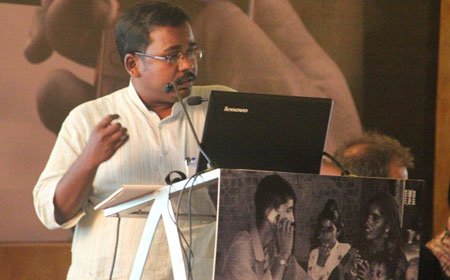MUMBAI: Community Radio stations in remote areas have started exploring the mobile technology to empower reach among their limited audience. This technology is seen as a powerful tool to spread awareness.
Speaking with Radioandmusic.com, Community Radio Association vice-president NA Shah Ansari said, “Radio Namaskar had started an innovative programme ‘Chala School Ku Jiba’ (let us go to school) to reduce student dropout in the schools of its coverage area. It is the first community radio of Odisha to integrate mobile technology with community radio. Mobile technology is changing and has strength to bring social change. It is the need of the hour.”
In remote areas like Konark, there is about 95 per cent reach. Ansari highlighted, “In our campus, we have more than 100 per cent use of mobile as people have started using two phones at one time. We have witnessed around 200 listeners.”
Currently, Radio Namaskar is using mobile technology to create awareness about the Public distribution schemes (PDS) among its community. “In my community, people are aware about their rights because of mobile technology that we have integrated. People are well versed, informed and are satisfied about it which allows them to express their grievances, Ansari said.
Moreover, the integration has also increased listenership. Ansari added, “We have about 10-20 calls every day for PDS grievances alone. The grievances we receive through people are compiled into a program by us or we directly send it to administration to address it or get them answered for the people.”
Recently, Ansari had addressed the National Consultation on use of mobile phones for social and behaviour change at New Delhi highlighting the mobile technology. This consultation was organised by UNICEF and Digital Empowerment Foundation that aims to reflect on the reach, access, use and potential of mobile phones amongst the users, including women and adolescents and to understand some of the unique programmes being implemented using mobile phones for social and behavior change for information/knowledge dissemination, monitoring, support to frontline workers and interpersonal communication.












